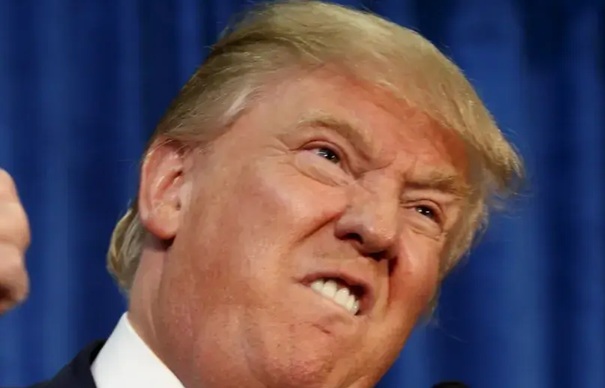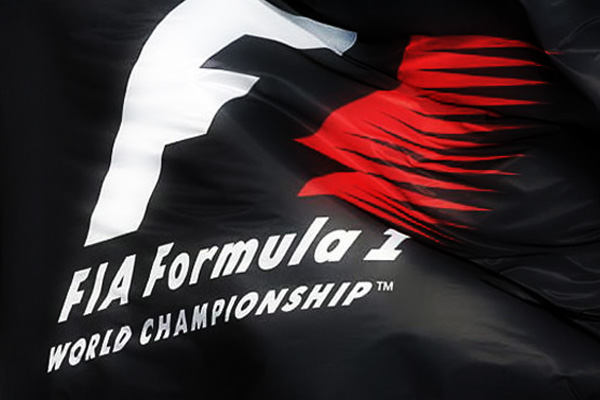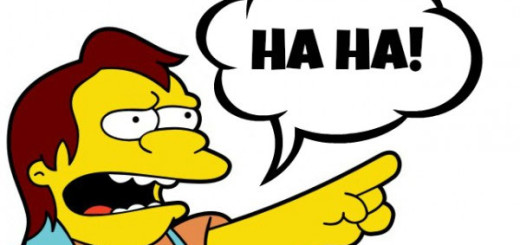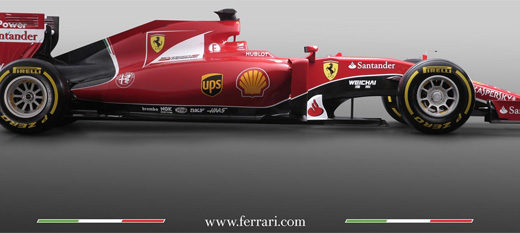NASCAR Hits The Wall With a Dull Thud
NASCAR was it. Stock car racing in America hit it’s peak sometime in the 90s, with stars, money, big new tracks, and even it’s own Tom Cruise movie in Days Of Thunder. It was heady times for a racing series that hearkens back to the booze running bootleggers of the old south.
Things went really good for a really long time. Even when the government stepped in and ordered long time series title sponsor Winston out of the series (Tobacco adverting is banned), they found plenty of companies lining up to throw money at the series, and it’s title went to Nextel, signing on to pay $40 million a year for the title sponsorship and agreeing to an addition 30 million of promotional money, called activation to support the series and promote Nextel as it’s sponsor. Nextel was bought out by Sprint, the NExtel Cup because the Sprint Cup, and they lived up to the letter of the contract. However, Sprint as a company I don’t think would have wanted to get involved in racing to start with, so when the contract came for expiration, they bowed out. They apparently didn’t even make an offer to return.
The replacement is Monster Energy Drink, which has been sponsoring various cars and drivers in different forms of racing over the years. They are in many ways the American version of Red Bull, and their target demographics are about the same, and Red Bull has done pretty well in racing. But Monster isn’t silly either, and since they had NASCAR in a bit of a corner, they were able to sign a deal that was reportedly much lighter on the main payment and the activation. It is also a much shorter 2 year plus 2 year option deal, instead of the 10 year commitment NASCAR was looking for. Why? Quite simply, NASCAR is sliding, sliding hard, and the eyeballs and exposure is waning.
For 2017, Fox reports 17% less viewers on average for the races they are covering, and the lowest ratings and viewership in 20 years. This dates back before the unified TV deal where each track made it’s own deal for coverage, and as a result not all fans could see all races. Since 2000, NASCAR has negotiated a deal for all races, generally split over a couple of different networks. This has been the one bright spot for NASCAR, as they have long term agreements until 2024 for coverage via NBC and Fox, which means flag to flag coverage for all races. These agreements are fairly high dollar, higher than ever before, but they are flying into the headwind of NASCAR losing it’s fan base and viewership.
The TV deals were signed in 2012 and 2013 or so, when things were still okay. I wrote back in 2013 that NASCAR tracks were already shedding seats to try to avoid having half full tracks, and that trend has continued solidly since then. The increasing price in the TV deals was perhaps a sign of desperation by the networks to get premium sports, rather than a good valuation of NASCAR. With a sequence of double digit viewership drops, there has to be a squeeze on.
One story I read suggested that a recent race went from 5.5 million views only a few years ago to under 3 million. When it comes to generating ad revenue, that sort of a drop has got to be painful for the networks that are shoveling truly huge dollars into the NASCAR furnace. Monster on the other hand seems to have seen the trend, and signed up for a relatively cheap and short ride.
NASCARs economic woes have trickled down to the teams in a very big way in 2017. The costs to run a NASCAR team have skyrocketed. Gene Haas suggested in this article that it cost around 20 million a year to have a car on the track. His Stewart-Haas race team has been running 4 cars, but 2018 looks like big changes are in play. Danica Patrick can’t seem to attract any big money sponsorship, and the team has already told veteran Kurt Busch that they are not renewing his contract. This matches up with a story where retiring star Dale Earnhardt jr pointed out the very obvious “You can’t pay a driver 5 to 8 million when all you have is 10 million of sponsorship”. A number of experienced drivers are so far on the outside looking in for 2018. This comes as some of the major names in the sport such as Jeff Gordaon, Earnhardt, and Carl Edwards have all hung it up and called it a day.
The departure of Earnhardt jr is a big deal for NASCAR, but few want to talk about it. He is routinely the winner of the most popular driver fan voting, but repeated concussions have kept him sidelined for extended periods, including half of the 2016 season. NASCAR drivers have often driven into their 50s, and Morgan Sheppard overstayed his welcome into his 70s. With junior taking his cool down lap at 42, Gordon leaving at 44, and Carl Edwards dropping out at 36, NASCAR is seeing big names staying less time in the sport, and fans perhaps losing their connections. The loss of Junior may really hurt NASCAR in ways nobody considered.
It’s clear that NASCAR has hit the wall. It’s not alone, F1 and NASCAR have a lot in common, but are going different directions. F1 is working to clean up and improve it’s schedule, improve it’s media exposure, and to move to a potentially simpler engine rules package for 2021 and beyond – and possibly 1 year sooner if a deal can get done. They are looking towards the future and finding ways to get back to their fan base, to get back to being relevant, without it costing quite as much as is has over the last painful years with Bernie Ecclestone at the helm.
NASCAR as a an organization and as a group of racing series does not seem to have worked that out yet. Rules for the technical stuff evolve very slowly. NASCAR only started using fuel injection in 2012, a technology that has been around for years, and the engines are still basic 50s era pushrod V8 engines. NASCAR’s lower series still run on carbeurated engines. NASCAR also has the problem that it is both a sanctioning body and a track owner for more than a third of the events each year. It puts them in a spot where it’s hard to change much because they are heavily invested in racing facilities, so it needs to run events at those tracks even if they are not the most popular, and they have to be run in a way that is most profitable for the track owner, and not always what is good for the teams and the series itself.
At the start of 2018, the piper will start asking to get paid. Monster with be in year 2 of a 2 year deal. With reduced viewership and crowd sizes, there is great potential that Monster either heads for the exit or asks for another huge drop in costs related to being the title sponsor. NASCAR may have few choices as there are not that many companies lining up to throw money into a waning motorsports market, and with the potential of peak car, we may have reached a point where almost all forms of motoracing become irrelevant.
it’s not clear that NASCAR (or almost any other racing series for that matter) can survive all of the obstacles in their way. When the money runs out, the game is over, no checker flag required.














